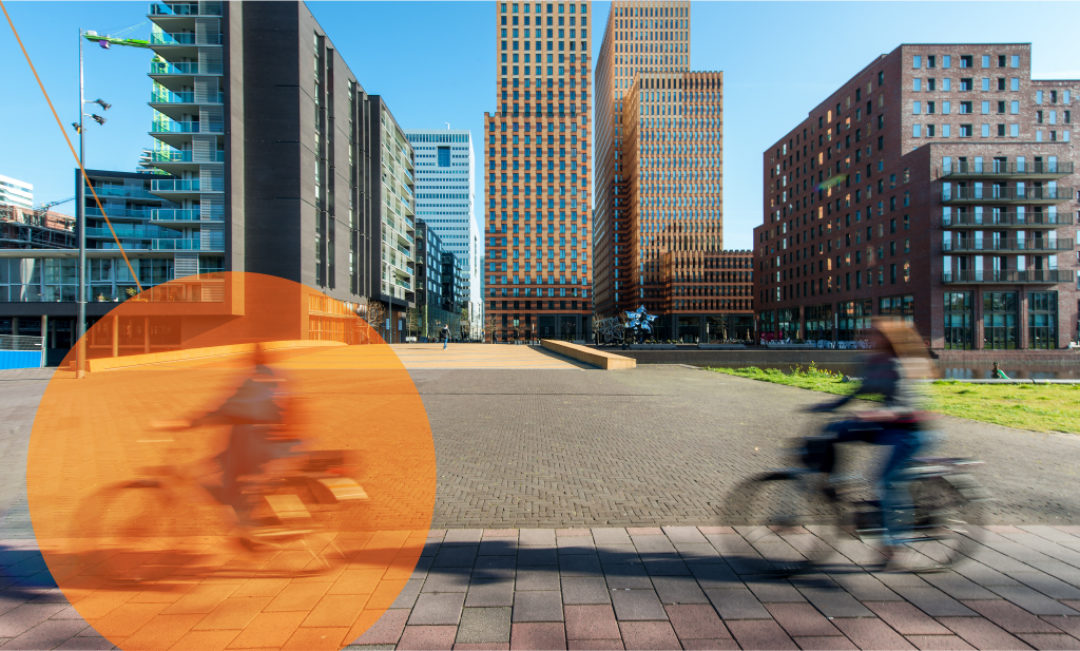
Speeding up Capacity
An AMS-IX Story

Henk Steenman
Chief Technical Officer (CTO)
The Future of an Economic & Efficient Metro Area Network
At AMS-IX we’re always looking for ways to optimise our services. In the last year or so, a large number of vendors of optical equipment have announced products under the label of DCI solutions, which focus on the interconnection of data centres within a region. Following a testing period of these products from six different vendors, we’ve recently selected Huawei as our supplier for data transmission between our Points-of-Presence (PoPs) in the data centres in the greater Amsterdam area. This solution will replace the current solution we have in place where we transport a single 100GE connection over a dark fiber pair.
DCI: High capacity over small distances
DCI solutions are relatively cheap, have a high density plug and are optimized to interconnect data centres with high capacity over relatively small distances. Some typical characteristics of these devices are:
• 200 Gbps per wavelength with DP-16QAM modulation (multiplexing two 100GE client interfaces).
• Typical optic power budget of around 20dBm.
• Client interfaces typically use QSFP28-LR4 or SR4.
• Using 50GHz channels, a single fiber can carry up to 19.2 Tbps of bandwidth.
• "Plug and play” configuration to add and remove capacity on the fly.
DCI solutions have two great benefits for us and our members and clients. First of all, this solution will bring down implementation time for additional bandwidth. Secondly, it will help us reduce costs in comparison to the use of our current solution, dark fiber.
Lighting up dark fiber in Amsterdam
In 22 years, AMS-IX has grown from two PoPs into a metro area network, offering services in twelve data centres across the larger Amsterdam area. All AMS-IX PoPs offer the same services and provide connections to the AMS-IX peering platform and other peering infrastructures that AMS-IX supports.
To achieve this, the physical network is built as a spine/leaf topology. Originally, spine nodes were located in two PoPs, but due to growing density constraints over the past three years we extended these to two additional locations. The network is designed in a way that we can lose a full spine location without any service or performance degradation.
To connect the leaf sites with the spine we deploy dark fiber which we light up with 100GE-LR4 optics in the switches (this is possible as the typical fiber path between leaves and spine is less than 30km long). In cases where the power budget of the LR4 optics is not sufficient we amplify the signal.
The rationale behind this model is that dark fiber lease in Amsterdam is relatively cheap. Even in the era when connectivity between PoPs was based on (multiples of) 10GE links, active (transponder-based) DWDM solutions were less economical than adding more dark fiber. As a result, AMS-IX now lights up more than 200 dark fibers in our metro area network and the lease of these fibers has become a major expense. On top of that, bringing up new capacity with the use of dark fiber is not only labor-intensive, but also time-consuming due to long delivery delays. In extreme cases we have seen lead times of more than 6 months to add new capacity to a site.
The OSN902 from Huawei provides us with a very good solution to drive down cost in our backbone by reducing the number of dark fibers and related cross-connects in the data centres. Replacing existing dark fiber will be a gradual process over an extended period of time, but adding new capacity to connect leaf sites to the spine of the network will be much faster and more economical from now on.
You might also be interested in
Got a question?
© 2026 - Amsterdam Internet Exchange Terms of Use General Terms and Conditions Privacy Statement Glossary Page
Company Information